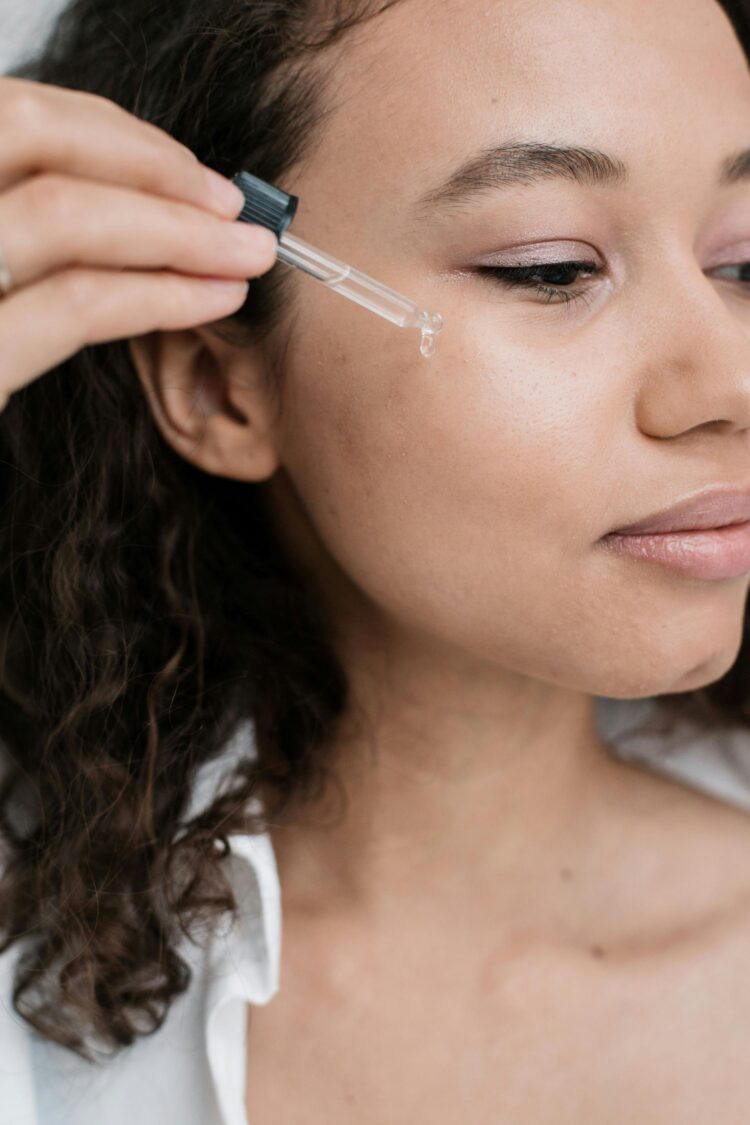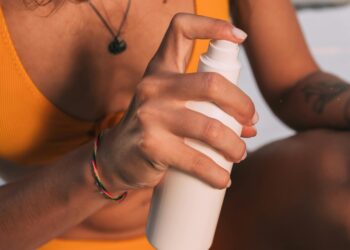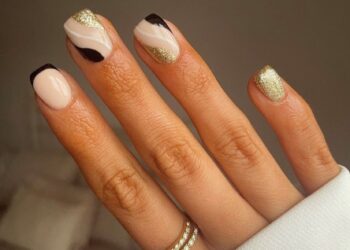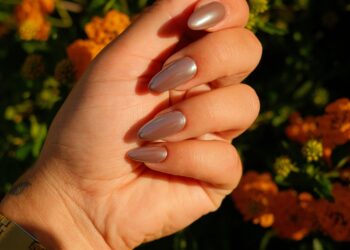And the five biggest skin concerns for peri- and post-menopausal women
As we get older, our bodies begin to demand more of our attention.
We can’t move as freely as we used to so we take up yoga, we’re more at risk of falling or breaking a bone so we strength training, we don’t maintain our weight as easily so we schedule in extra walks or exercise classes.
The same is true of our skin. During the ageing process, our skin encounters many changes – particularly around menopause – and we need to be ready to adjust to them when the time comes.
Dermatologist and Medical Director of EUDELO, Dr Stefanie Williams, reveals five common concerns expressed to her from peri and post-menopausal women (alongside wanting to look “fresh” or “less tired”).
Lines and wrinkles
“As we age, we develop ‘dynamic lines’ (i.e. lines caused by repeated movement of mimic muscles such as frown lines and crow’s feet) and ‘static lines’ (i.e. lines which develop independent of mimic movement such as the nose-to-mouth lines).”
Pigmentation
“With time, our skin tone becomes less even, and we may develop brown patches and ‘freckly’ sunspots. This is a clear sign of chronic sun damage.”
Reduced skin elasticity
“Our skin’s collagen and elastin content declines over time, which leads to reduced skin elasticity, crepiness and fine criss-cross lines.”
Sagging
“The combination of a) loss of volume, b) reduced skin elasticity and c) gravity leads to skin sagging (for example visible on lower cheeks and jowls).”
Dryness and dehydrated skin
“Especially after the menopause, with declining oestrogen levels, our skin will become noticeably drier and thinner. It also heals more slowly and bruises more easily.”

Introducing retinol to your daily routine
Retinol often comes up in conversation when talking about healthy ageing for mature skin but what exactly is it and how does it work?
Essentially, it’s a form of vitamin A that is known for reducing the effects of acne and ageing but it can be irritating to those with dry or sensitive skin. It is also not recommended during pregnancy or if you are breastfeeding.
According to Skingredients founder Jennifer Rock: “Retinol is dubbed the holy grail in skincare by dermatologists, pharmacists, cosmetic chemists, facialists and clients alike. Many are wary of it, and many adore it.”
She recently released two pure retinol products that promise, among other things, to reduce the appearance of lines and wrinkles, stimulate collagen production, regulate oil production, reduce dark spots and pigmentation and boost the skin barrier.
If you’ve been thinking about adding retinol to your skincare routine, October is a great time to do it. The cooler temperatures and lower humidity levels of autumn can strip your skin of its natural moisture, weakening the skin barrier and leading to dryness, irritation, and an uneven complexion.
To help you seamlessly incorporate retinol into your skincare routine, Kelly Swann, Aesthetic Nurse and Skincare Expert from Swann Beauty has provided this easy step-by-step guide:
Week 1: Start low and slow
Product Strength: Begin with a low-strength retinol (0.25% to 0.5%).
Frequency: Apply every third night to allow your skin to adjust.
Application: Cleanse your face, pat dry, and apply a pea-sized amount of retinol to your entire face. Follow with a hydrating moisturiser.
Week 2: Assess your skin
Product Strength: Continue with the same low-strength retinol.
Frequency: If your skin tolerates it well (no excessive dryness or irritation), increase application to every other night.
Application: Maintain your cleansing and moisturising routine.
Week 3: Increase strength if comfortable
Product Strength: If your skin is adjusting well, consider increasing to a mid-strength retinol (0.5% to 1%).
Frequency: Continue applying every other night.
Application: As before, cleanse, apply retinol, and finish with a moisturiser.
Week 4: Consistency is key
Product Strength: Stick with the mid-strength retinol.
Frequency: Aim to use retinol every night if your skin is responding positively.
Application: Continue your established routine, ensuring proper hydration to combat any dryness.
Ongoing Care: Monitor and adjust
Product Strength: If your skin feels comfortable, you can try increasing to a higher strength retinol (1% or more) after 4 to 6 weeks.
Frequency: Use nightly or as tolerated.
Application: Maintain hydration and consider using retinol only on alternate nights if you experience irritation.
Remember, everyone’s skin is different,” Kelly emphasises. “Listen to your skin and adjust your routine as needed. And don’t forget to wear broad-spectrum sunscreen daily, even on cloudy days, to protect your skin from UV damage.”








